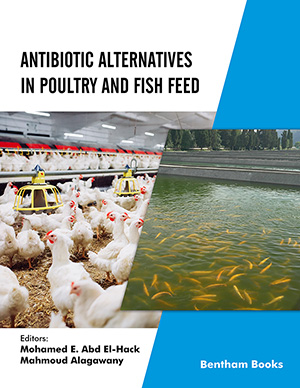Abstract
Background: The presence of anti-nutrients and toxins like phorbol esters in Jatropha curcas seed cake (JSC) limits its application in feeds. This study was done to assess the potential of detoxified JSC as rat feed.
Methods: The rats were fed a diet containing 0-5 and 10% of detoxified fermented JSC for four weeks. For the group I, only casein diet was used in rat feed as a negative control. For the group II, untreated JSC was used in rat feed as a positive control. For the group III, fermented JSC using Saccharomyces cerevisiae MTCC-36 was used. For the group IV, the fermented JSC treated with 65% ethanol to remove the residual toxic phorbol esters was used as rat feed. Results: The rats fed with untreated JSC showed increased levels of serum liver enzymes as an indication of the onset of liver disease resulting in mortality. In this group, rats died in week 2, confirming that the cake is not safe as feed until it is processed. The rats fed with detoxified JSC with 5 and 10% level survived with no adverse effects, and the performance was on par with the control groups, although the body weight was slightly less compared to control. Conclusion: Therefore, it was concluded that the detoxified JSC might be the potential and alternative source of protein in the animal feedstuffs up to 10% level. There are recent patents also suggesting the use of alternative feed supplements in the animal feed applications.Keywords: Detoxification, Jatropha seed cake, Saccharomyces cerevisiae, solid-state fermentation, Wistar rats.
Article Metrics
 21
21 2
2 1
1



















